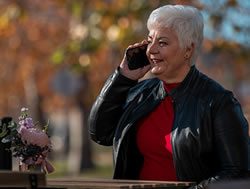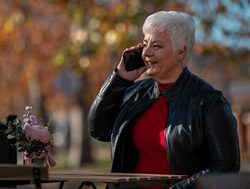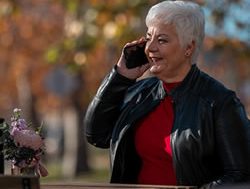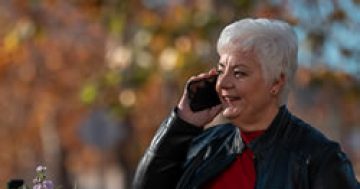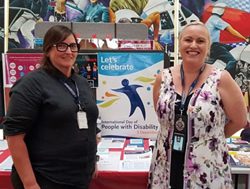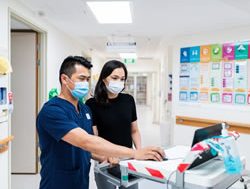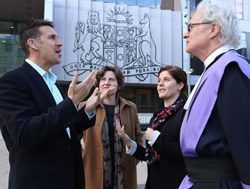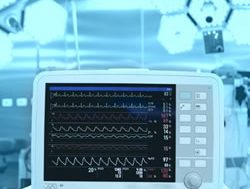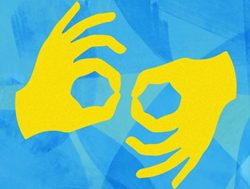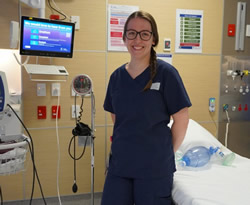 SA Health’s Central Adelaide Local Health Network (CALHN) has rolled out an Australian-first training program to deliver more accessible and inclusive care for dealing with people who are deaf or hard of hearing.
SA Health’s Central Adelaide Local Health Network (CALHN) has rolled out an Australian-first training program to deliver more accessible and inclusive care for dealing with people who are deaf or hard of hearing.
The online staff training program, designed in partnership with the private company Deaf Connect, has developed a cultural awareness of the deaf community among the CALHN staff so they can address any barriers they might face when delivering health care.
Acting Executive Director of CALHN’s Allied Health unit, Anna McClure, said the partnership was aimed at educating staff and providing practical advice for clinicians when delivering care for deaf and hard of hearing individuals.
“All patients have the right to make decisions regarding their own health and this training provides our teams with a tool kit to better communicate and understand the needs of its patients who are deaf or hard of hearing,” Ms McClure said.
CALHN staff said that for many deaf and hard of hearing people, English can be a second language, especially if they use a signed language like Auslan (Australian sign language).
“Communication is critical to ensure health care can be delivered appropriately, particularly when discussing treatment options, procedures and medications,” it said.
Nurse at the Emergency Department of the Queen Elizabeth Hospital, Luisa, said she had been learning Auslan for 7 years and was among the CALHN staff involved in the project’s development.
“When communicating with the deaf community it was critical to quickly ascertain the individual’s preferred communication method,” Luisa (pictured) said.
“This may involve booking an Auslan interpreter, or using a mix of visual aids, lip reading, gesturing or written notes,” she said.
“It is important to remember just because the last person you cared for preferred to communicate in a certain way, you cannot assume it is the same for everyone.”
Luisa said staff and the community should be mindful when communicating with people who were deaf or hard of hearing.
She said they should: Treat every deaf person like you would want to be treated; Ask each one for their preferred communication method; and Face towards them to communicate.
“Use a combination of visual aids, lip reading, gesturing and written notes,” she said.
The CALHN staff said that in communication it was critical to ensure that health care is delivered appropriately, particularly when discussing treatment options, procedures and medications.

